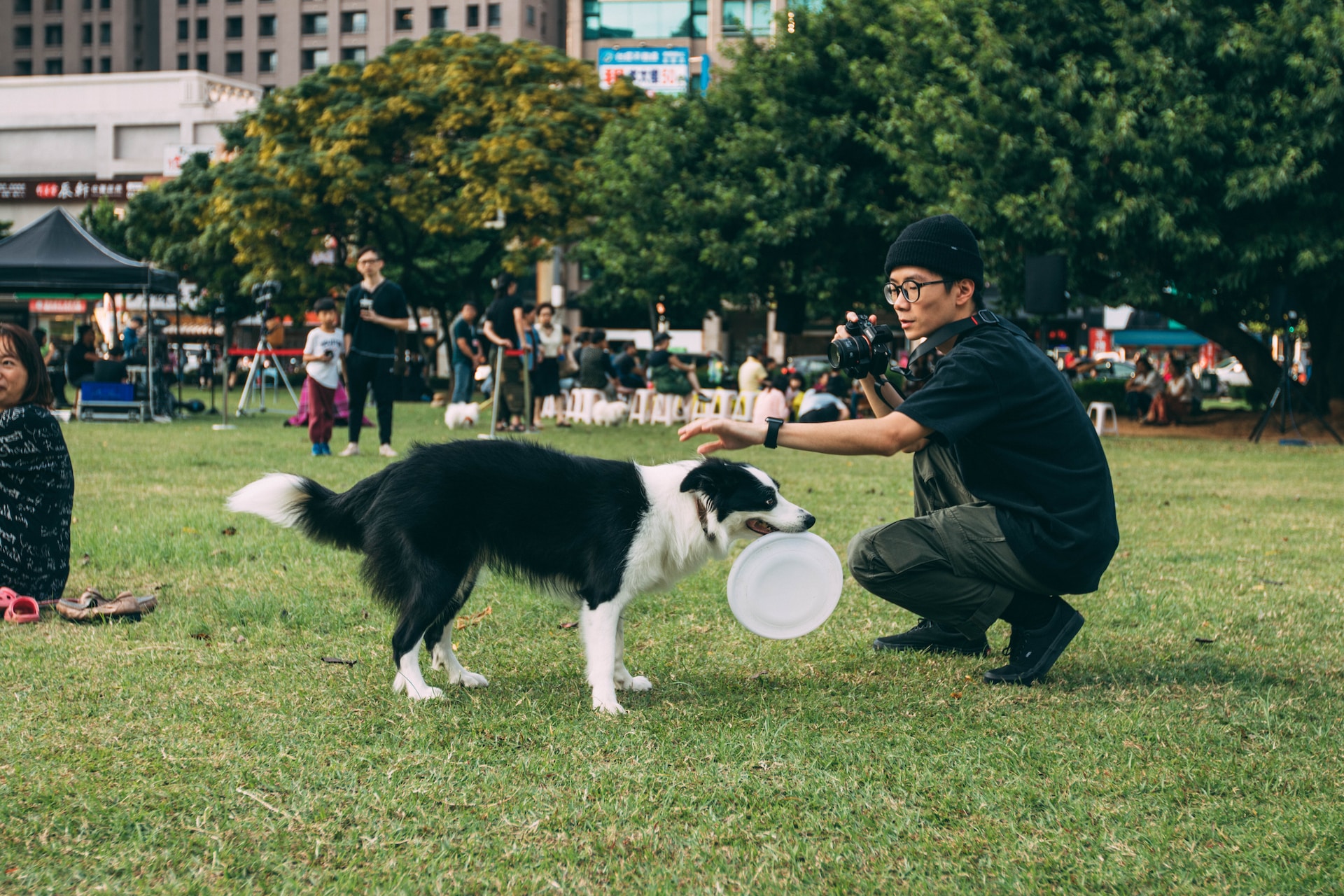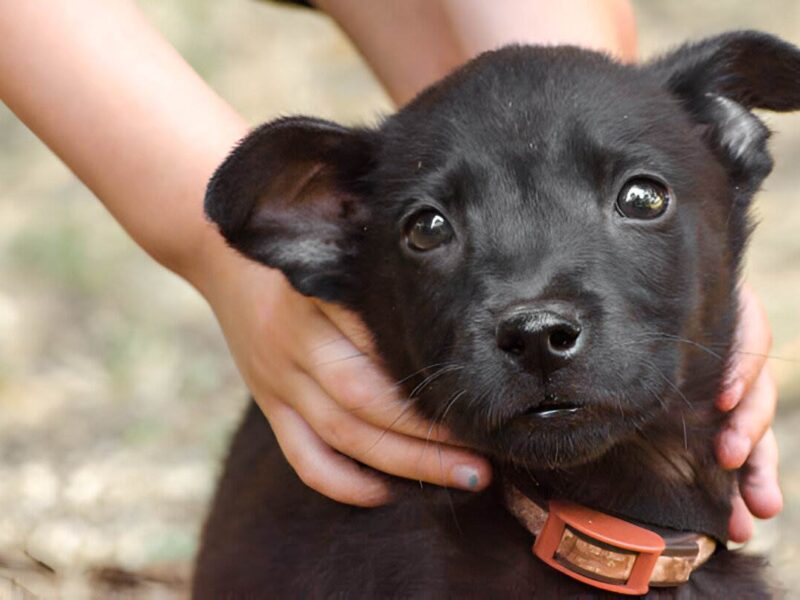Dog ownership brings joy, companionship, and responsibilities. However, along with the joys of having a furry friend, dog owners also bear the responsibility of ensuring the safety of others, especially if their dog bites someone on their property. Understanding the legal implications and potential consequences of such incidents is crucial for both dog owners and victims alike.
In this blog, we’ll explore what happens if a dog bites someone on your property, including liability laws, factors influencing liability, steps to take after an incident, and preventative measures for dog owners. If you have been involved in a severe dog bite incident, contact an Oklahoma City dog bite lawyer for legal guidance and support.
Understanding Dog Bite Liability Laws
Understanding liability laws surrounding dog bites is essential for both dog owners and victims. These laws typically fall into two categories: strict liability and negligence-based laws. Strict liability laws hold dog owners accountable for any injuries their dog inflicts, regardless of the dog’s past behavior or the owner’s knowledge of its aggressive tendencies.
On the other hand, negligence-based laws require the victim to prove that the owner was negligent in controlling their dog or failed to take reasonable precautions to prevent the incident. Additionally, liability laws vary significantly by state and local jurisdictions.
Some states adhere to strict liability statutes, while others follow negligence-based approaches. Furthermore, specific regulations and ordinances may exist at the local level, further complicating matters. Understanding the nuances of liability laws in one’s jurisdiction is crucial for determining legal responsibility and seeking appropriate recourse in the event of a dog bite on one’s property.
Circumstances Impacting Liability
Various factors can significantly influence liability for dog bites occurring on one’s property.
- Trespassing Versus Lawful Presence: Distinguishing between individuals who are lawfully on the property and those who are trespassing is crucial, as the level of care owed to each may differ. Trespassers may have a lower expectation of protection from the property owner.
- Provocation by the Victim: The behavior of the victim leading up to the dog bite incident, including any provocation, can significantly impact liability. Instances of provocation, such as teasing or threatening the dog, may mitigate the dog owner’s liability in some jurisdictions.
- Previous History of Aggression or Bites by the Dog: The dog’s prior history of aggression or past incidents of biting may play a pivotal role in determining liability. In states that follow the “one-bite rule,” which typically grants leniency to owners of dogs with no prior history of aggression, previous incidents may not necessarily establish liability.
- The “One-Bite Rule” in Some States: Some states adhere to the “one-bite rule,” which allows dog owners to avoid liability for a dog bite if the dog has not previously shown aggressive behavior or bitten anyone. Under this rule, liability may only be established if the dog owner was aware of the dog’s dangerous propensities and failed to take appropriate precautions.
- Severity of the Dog Bite: More severe injuries may result in heightened liability for the dog owner. The extent of medical treatment required by the victim, including emergency care, hospitalization, and surgical procedures, may impact liability. In addition, long-term consequences or disabilities resulting from the dog bite, such as scarring, nerve damage, or psychological trauma, may increase liability.
Preventative Measures for Dog Owners
Responsible dog ownership entails understanding and fulfilling the responsibilities that come with owning a dog, including ensuring the safety of others. By prioritizing responsible ownership, dog owners can reduce the risk of their dog biting someone on their property and potentially causing harm. Here are some ways to take proactive steps to prevent dog bites on one’s property:
- Properly securing the property with fences or signs: Installing secure fencing around the property and posting visible signs indicating the presence of a dog can help prevent unauthorized access and reduce the likelihood of dog bite incidents. Proper fencing can also prevent the dog from escaping the property and encountering unfamiliar individuals.
- Training and socializing the dog: Training and socializing dogs from a young age can instill good behavior and reduce the risk of aggression towards people or other animals. Basic obedience training, socialization with various people and animals, and positive reinforcement techniques can help shape the dog’s behavior and temperament.
- Supervising interactions with visitors and strangers: Supervising interactions between the dog and visitors or strangers is essential to prevent potential conflicts or misunderstandings. Dog owners should closely monitor their dog’s behavior and intervene if they perceive any signs of aggression or discomfort.
- Ensuring compliance with local leash laws and regulations: Adhering to local leash laws and regulations is crucial for preventing dog bites and maintaining public safety. Keeping the dog on a leash when outside the property and in public areas helps ensure control and prevents unwanted interactions with other individuals or animals.
By implementing these preventative measures, dog owners can promote responsible ownership, minimize the risk of dog bites, and create a safer environment for their community.


